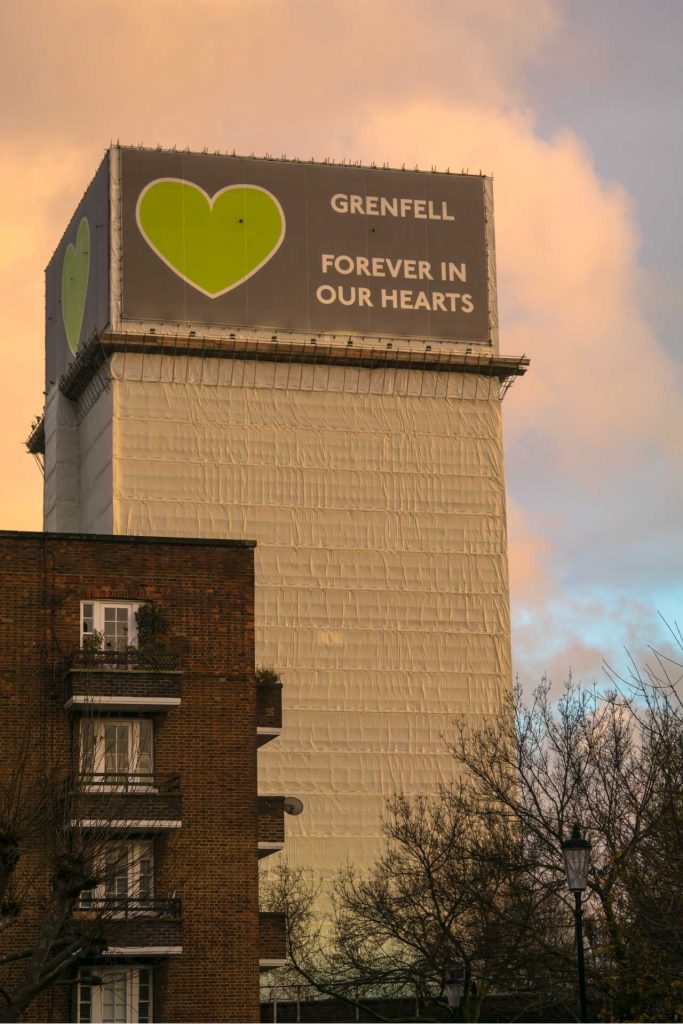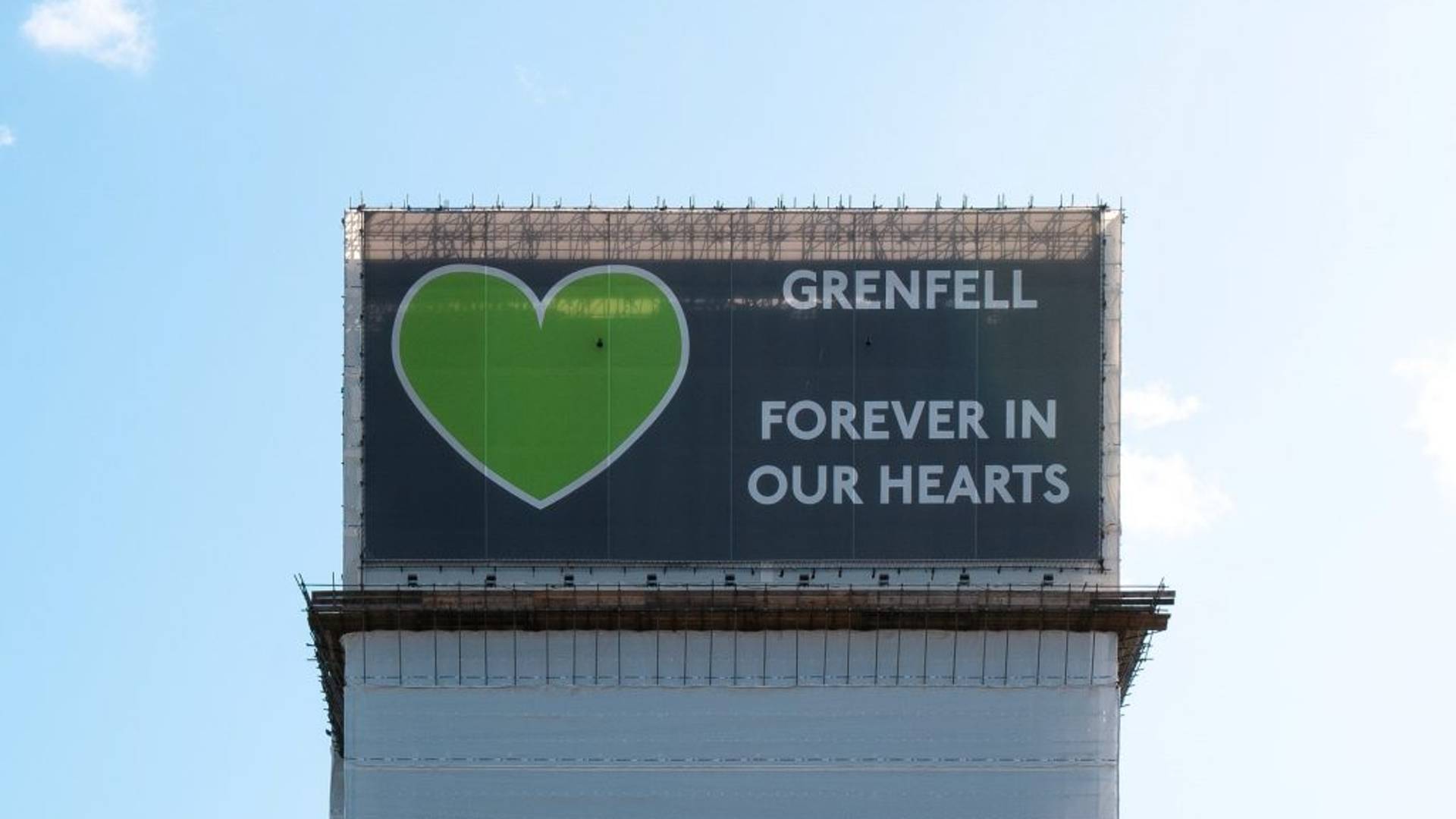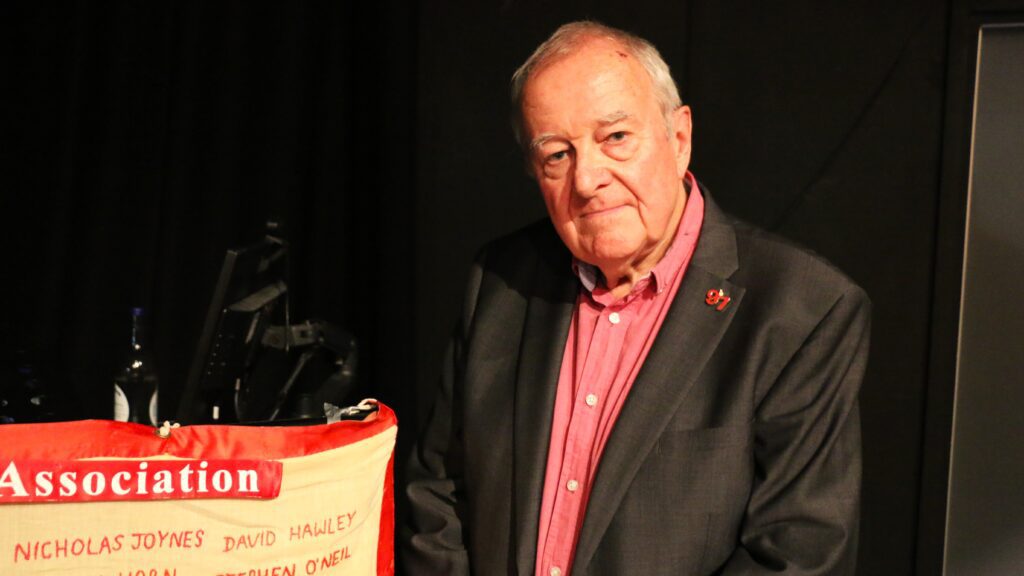Professor Wankhade also looks at what the report says about the prevalence of dangerous cladding on buildings in London and what, if any, action has been taken to remove it.

This week, we mark the fifth anniversary of the Grenfell Fire tragedy and pay tribute to the seventy-two residents who lost their lives on that fateful night of 14th June 2017. On this sombre occasion, it is equally important that we reflect as a nation, on how safe our high-rise buildings are, including our preparedness to prevent another tragedy and lessons learned, if any, from the Phase One report of the public inquiry (led by Sir Martin Moore-Bick) published in October 2019.
The 800+ pages report examined in detail, the events on the night of 14th June 2017 focusing on the response of the London Fire Brigade and other emergency services. Phase Two of the Enquiry is currently in progress and is examining evidence covering the fireworthiness of Grenfell Tower building in terms of fire safety materials/ systems in place and how the fire spread the way it did including guidance for fire evacuation. There is no timetable available for when the Phase Two report will be published but regular updates are provided by the Inquiry.
My analysis of the Phase One report highlighted two sets of issues emerging from the report. The first aspect concerned improving the response, training and communication within the fire services and also pertained to enhancing the interoperability between other emergency services such as the ambulance and police who are key partners in any major incident. The second set of issues concerned publicly shared knowledge about building design and materials between owners, managers and public safety agencies and developing national guidelines for the evacuation of residents in high rise towers, something which the Inquiry is currently focussing upon. It would be speculative to offer any comments on what might happen next till the enquiry is complete.
It has been reassuring for the public to be told that lessons have been learnt by London Fire Brigade (LFB) since Grenfell and the LFB have implemented 26 out of 29 recommendations from Phase One report and working on the last three, but does the public feel safer? In my separate analysis published on the fourth anniversary, I have drawn attention to the fact that “over 400 other high rise buildings surveyed around the country have been found to have external wall materials similar to those used on Grenfell Tower with more recent incidences of tower block fires“.
There has been much wrangling over agreeing on the responsibility for bearing costs for replacing/remedying hazardous materials which is estimated to be now £15 Billion. This has been the most contentious issue with little agreement on whether such costs should be entirely borne by the owners and managers of high rise buildings or shared with the residents and whether the government would also chip in?

The latest agreement and guidance from the Government, published on 10th June summarises the latest position where the government has agreed to contribute “a minimum of £2 billion towards cladding remediation on their buildings of 11 to 18 metres”. This will no doubt be fiercely debated in the coming months but represents some progress in my view. The Phase Two report will no doubt provide further impetus to make our high-rise buildings safer. The Government’s Building Safety Bill gained royal assent in April and has been enacted as the Building Safety Act, 2022.
We however need to move swiftly to undertake remedial action to remove/change fire hazardous materials for now. We cannot afford to wait for another tragedy and fears of another Grenfell have been expressed by London Mayor Sadiq Khan, writing on the eve of the anniversary.
One of the key recommendations from the Phase One report was to give residents, especially vulnerable people, personal emergency evacuation plans, known as peeps, but this has proved controversial and no progress has been made to implement this recommendation.
It has to be a key priority for any Government to ensure fire safety in high-rise buildings is comprehensive and is backed with robust legislation with adequate training and support to our fire services. We owe this as a developed nation to the Grenfell Tower residents who tragically lost their lives five years ago.
Paresh Wankhade is the Professor of Leadership and Management at Edge Hill University Business School. He is also the Director of Research and the Programme Leader for the new Professional Doctorate in Emergency Services Management.
June 15, 2022



